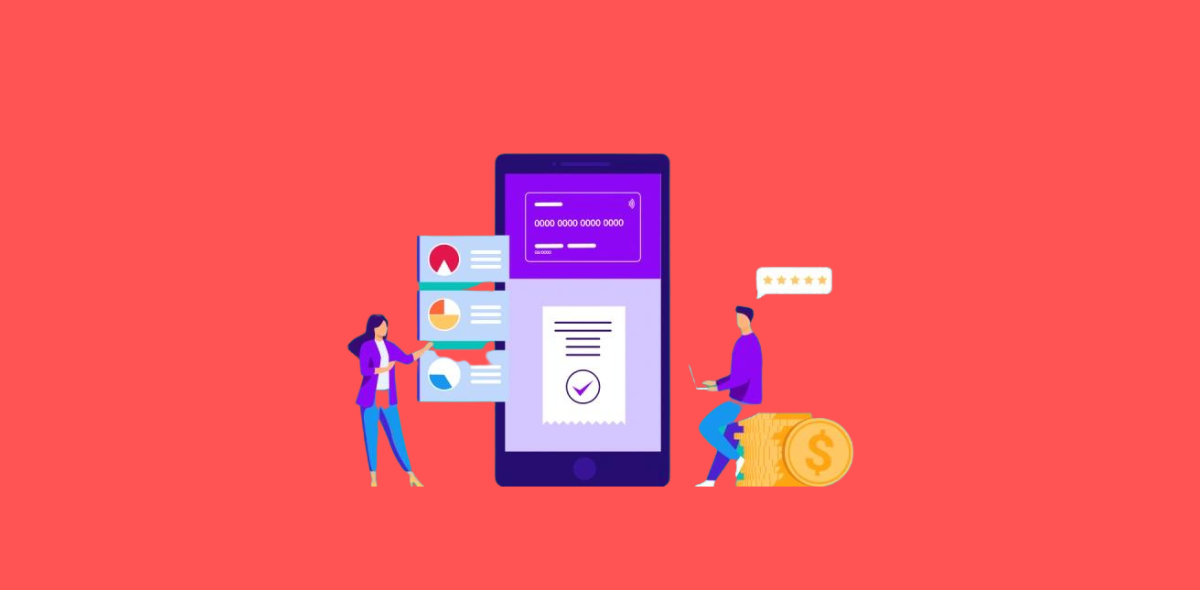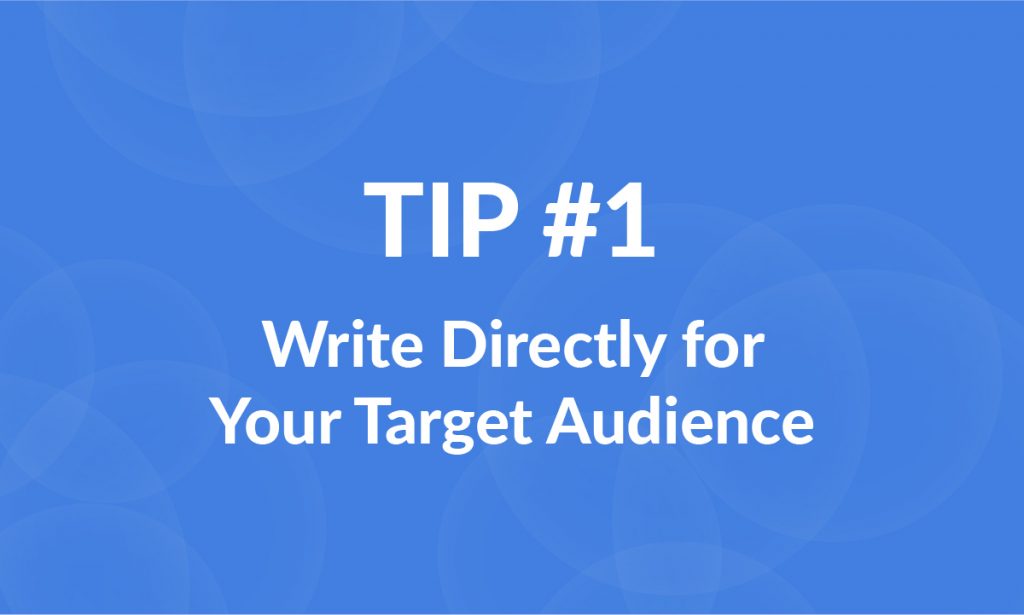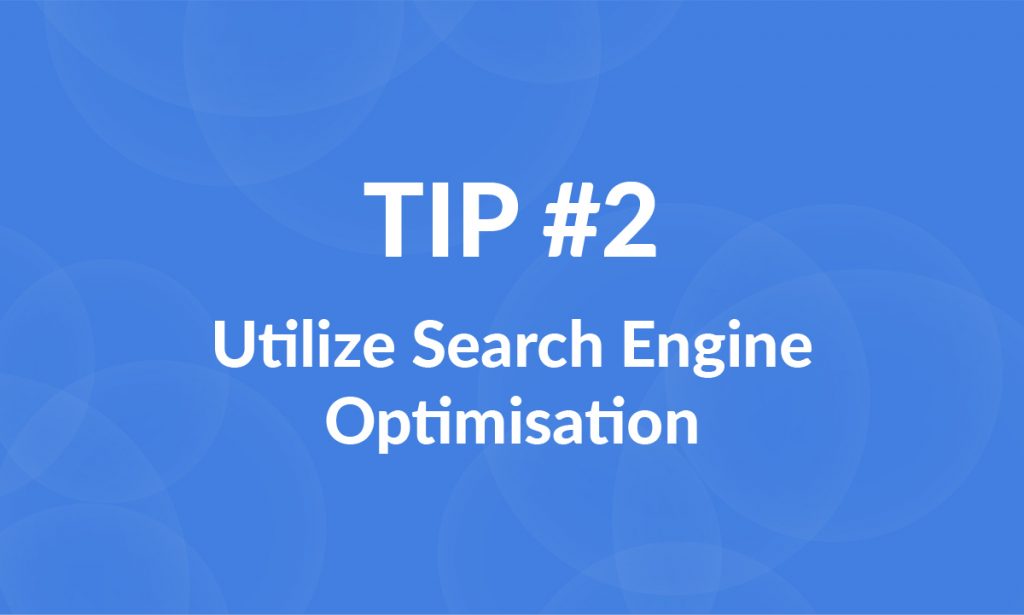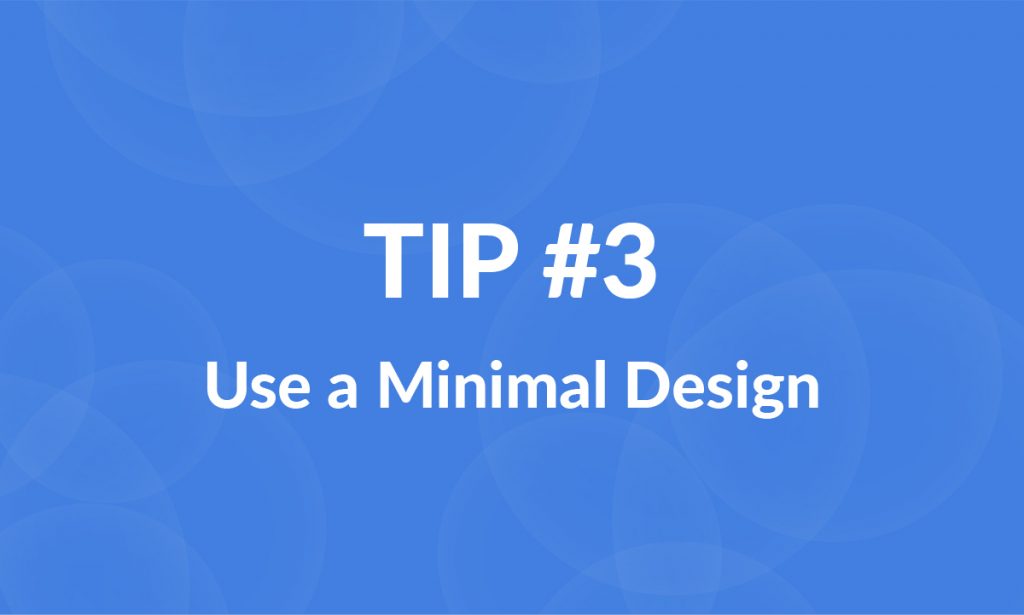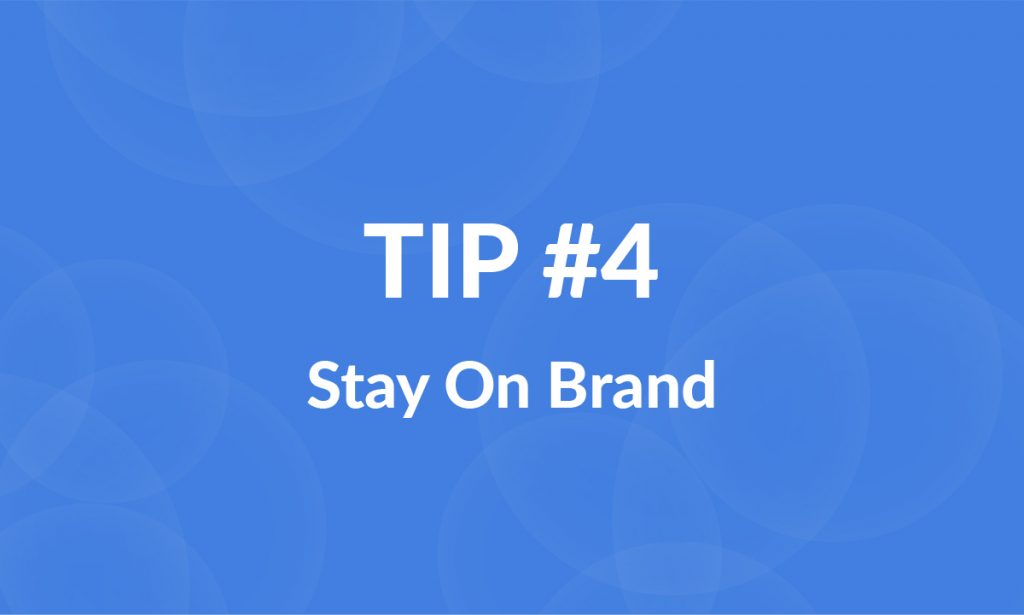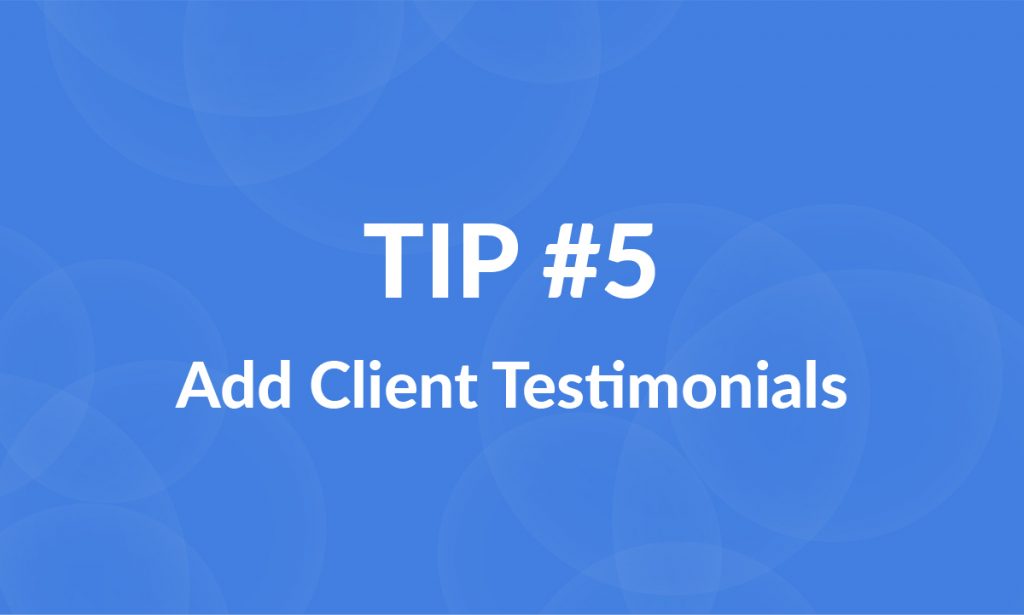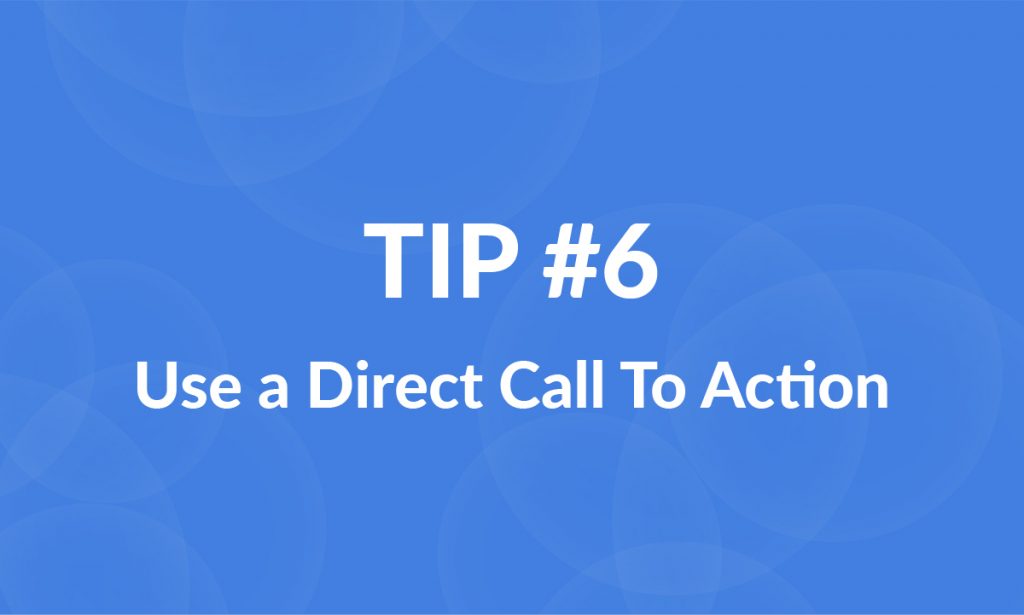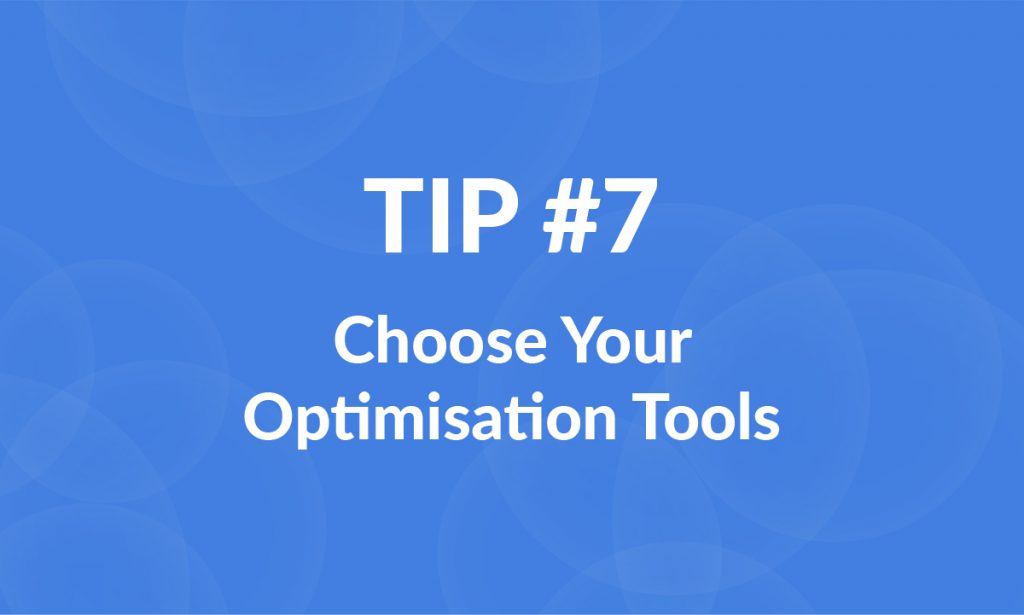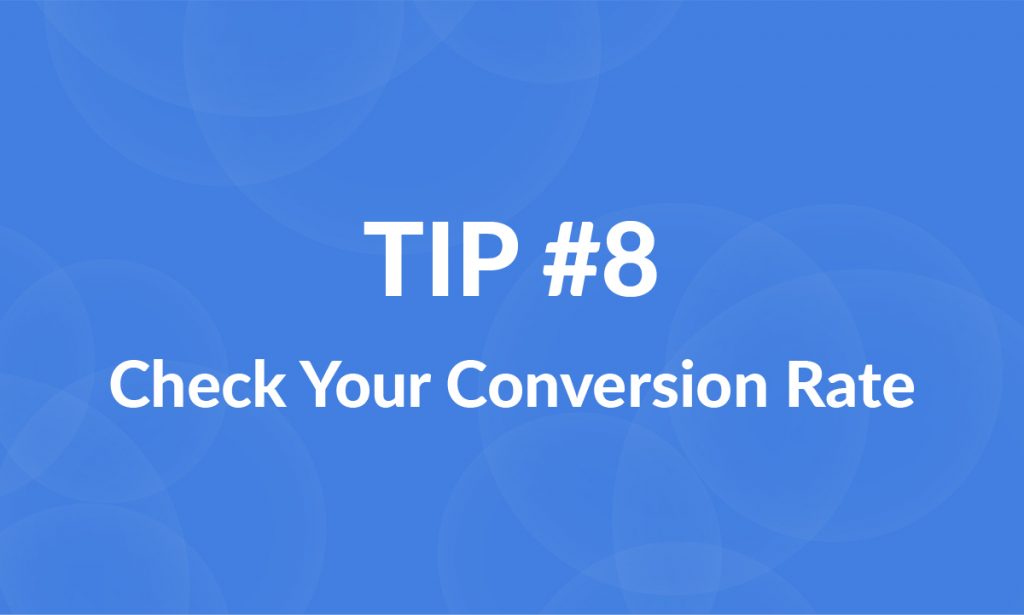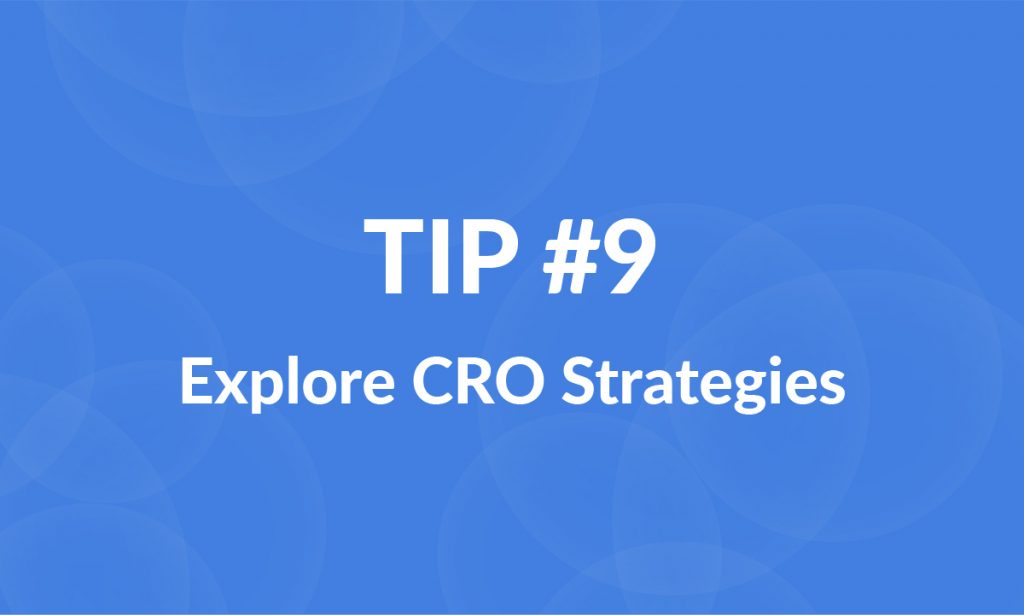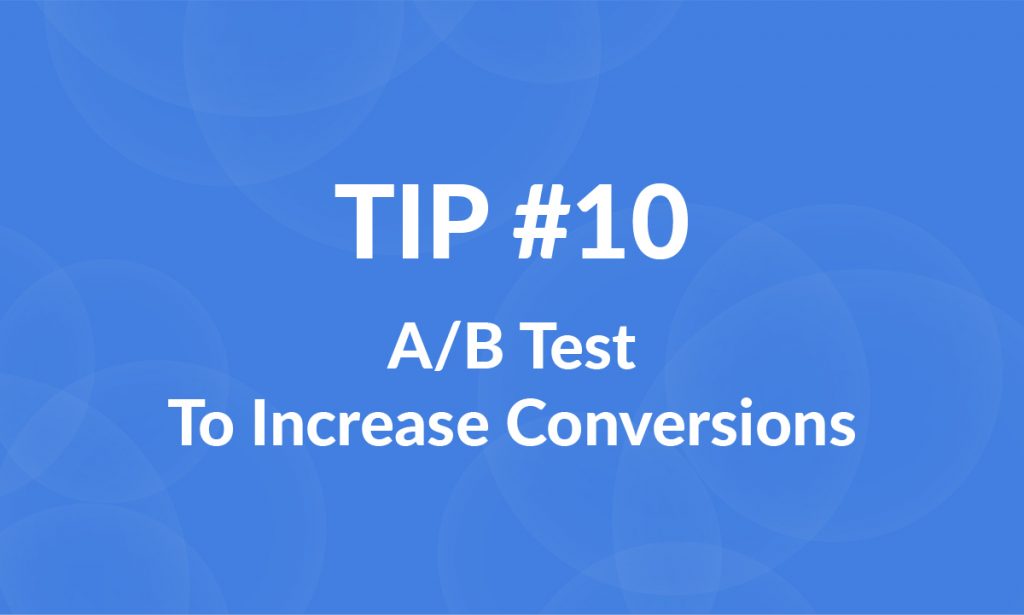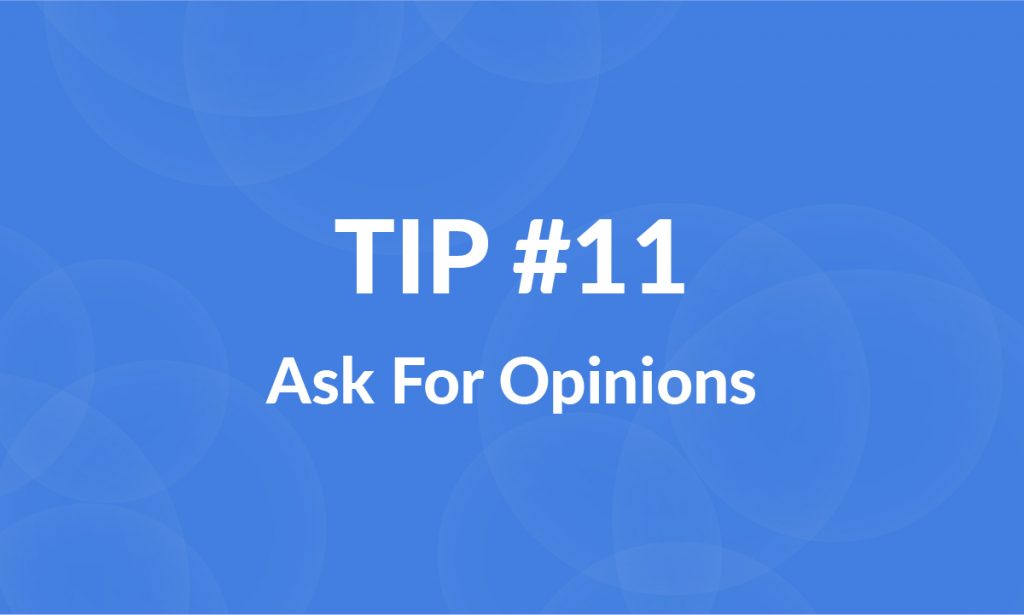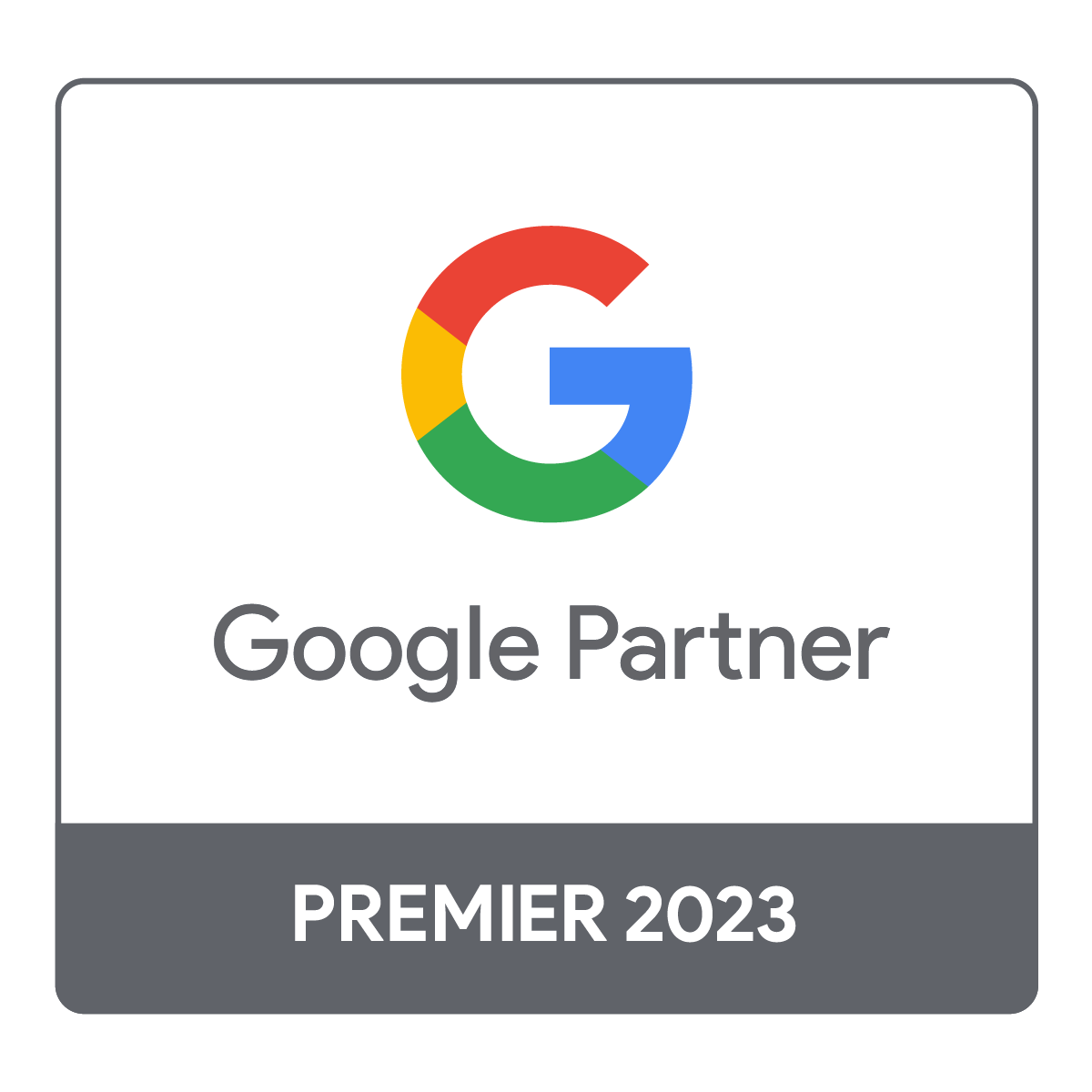Over the last five years, Fintech has undoubtedly become one of the most dominant industries in the business world. This article will give you an insider look at the best Fintech marketing strategies. By using these proven methods, you can unlock immense growth, double your leads, and build a loyal user base that will catapult your business to the top of your industry.
Did you know that 90% of all Americans currently use Fintech, and Fintech startups make up nearly 40% of all unicorns worldwide?
But along with immense growth has come increased competition. Fintech is more saturated than ever, and it’s getting increasingly challenging to stand out and acquire new customers.
This is why it’s more important than ever to implement a marketing strategy that is proven to be effective for Fintech companies like yours.
Table of contents
Fintech marketing vs. ‘regular’ marketing

Fintech stands for ‘financial technology,’ and while any financial company that has a website can technically be categorized as a Fintech company, the term is typically reserved for innovative companies that are disrupting the financial industry.
It should be noted that this article will be covering marketing strategies for non-crypto Fintech companies. If you run a crypto company, be sure to read our complete guide to crypto marketing.
Fintech is an industry that caters to both B2B and B2C.
Some noteworthy B2C Fintech companies are…
- Venmo
- Robinhood
- Earny
- Acorns
- Lemonade
And some notable B2B Fintech companies are…
- Plaid
- Stripe
- Square
- Klarna
Many Fintech companies are a B2B/B2C fusion, some of the most noteworthy being banking solutions such as Wise (formerly Transferwise) and Revolut.
The best marketing strategies for Fintech startups
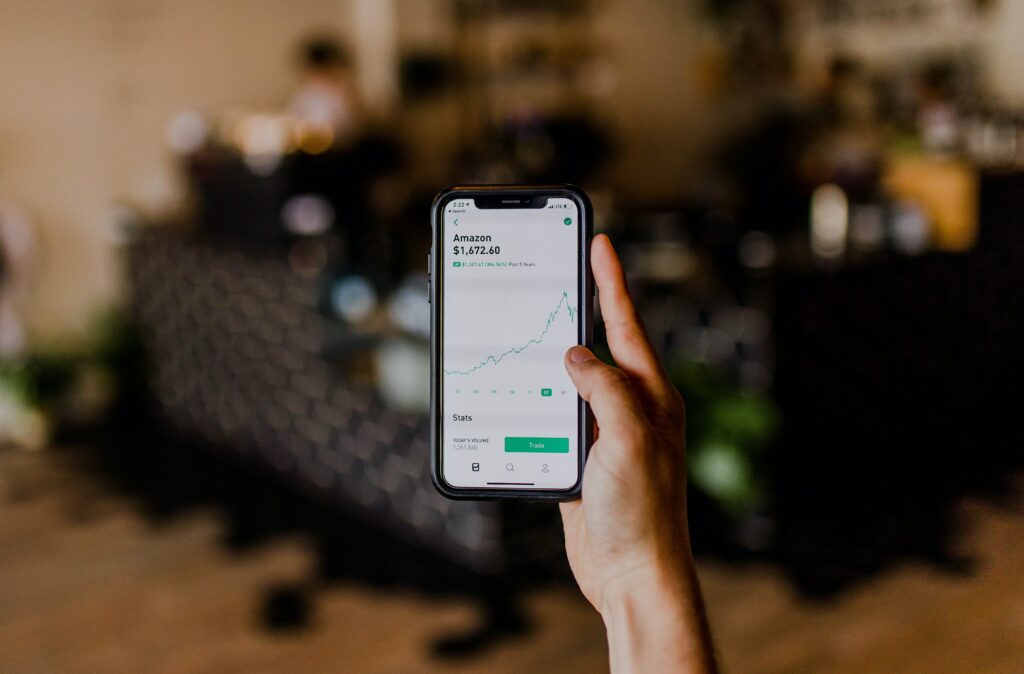
Regardless if you are B2B or B2C, Fintech marketing strategies need to focus on key aspects that are proven to grow your awareness and revenue.
To accomplish this, your Fintech startup needs to relentlessly build trust and authority.
But what are the best ways to scale that?
Below are three proven marketing strategies that Fintech companies use to convert cold website visitors into blazing hot brand advocates.
#1 – Landing page optimization
The truth is undeniable – getting traffic to your website can be EXPENSIVE.
No matter if you are scaling an SEO campaign, investing in performance media, or focusing on OOH advertising, the truth is that traffic can be costly.
This is why the best Fintech companies invest in optimizing their sites for conversions before they start investing in traffic acquisition.
If done correctly, your landing page will create a sense of trust and authority with your visitors, and therefore convert them into leads.
To accomplish this, it means that your landing pages need to…
- Be well-designed
- Have a simple UX
- Load lightning-fast
- Be filled with rich copy
- Implement magnetic CTAs
- And more…
Does your homepage have testimonials? Doing so can increase conversions by 62%.
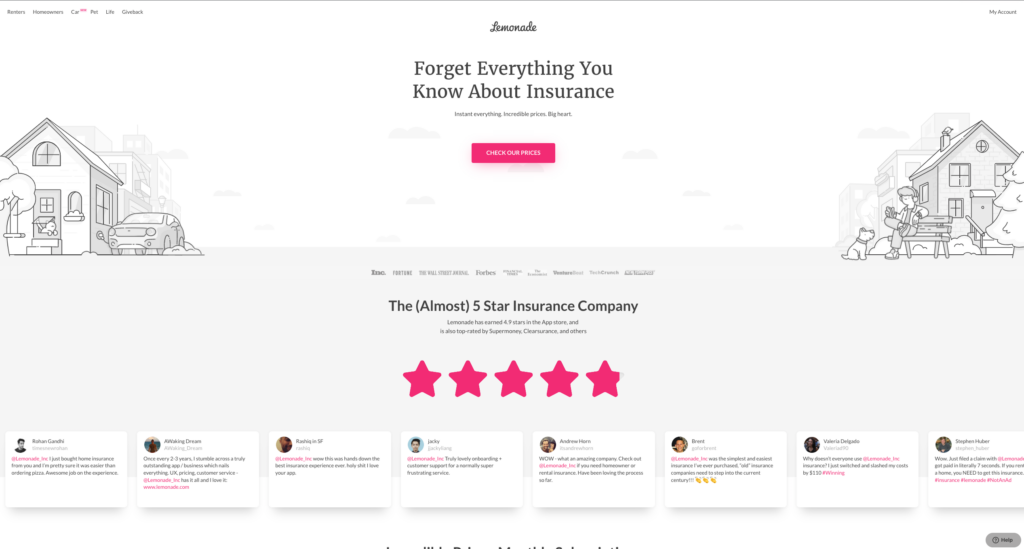
Does your homepage have video content? It could lead to visitors spending twice as long on your site.
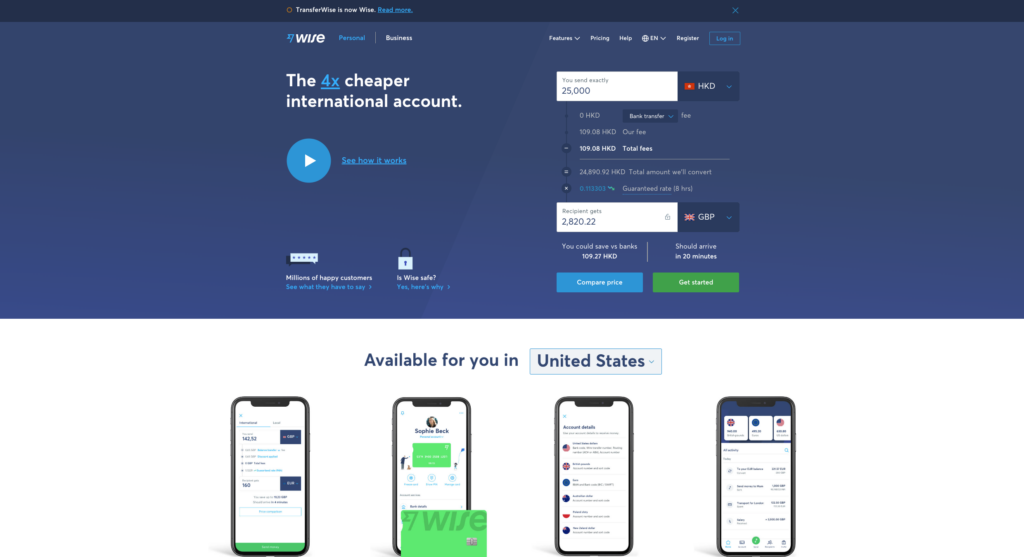
Are your landing pages loading slowly? If so, 90% of your traffic could be going to your competitors.
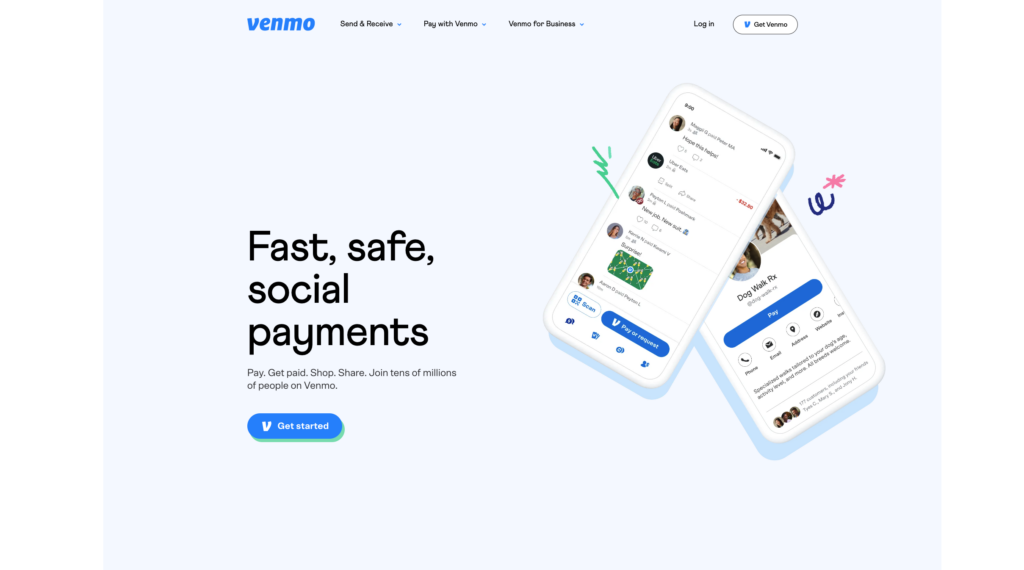
Ultimately, hiring an experienced agency to develop your landing pages is working smarter, not harder. By doing so, you will ensure that your brand makes the right impact on your visitors, and in doing so, your conversion rates will shoot through the roof. Getting your landing pages right is one of the foundations of solid Fintech marketing strategies.
#2 – Content Marketing
If you are in the Fintech industry, you are probably aware that most of your competitors are heavily invested in content marketing.
And the truth is, that for Fintech, content marketing is not an option – it is 100% mandatory.
Here’s why…
We established that Fintech companies need to create a sense of authority and build trust with their customers.
And simply put, content marketing is the best way to do that.
Sure, traditionally, this content marketing refers to the articles that are buried in the ‘Blog’ section of your site. Still, Fintech companies are taking content marketing to the next level to create more transparent and trustworthy relationships with their customers.
Some examples are…
Titan (a Fintech investment app) has a video of their CIO (Chief Investment Officer) introducing their product and brand during the onboarding process.

Or how on Venmo’s in-app crypto page, they feature a handful of articles to help educate their user base on the basics, and dangers, of crypto.
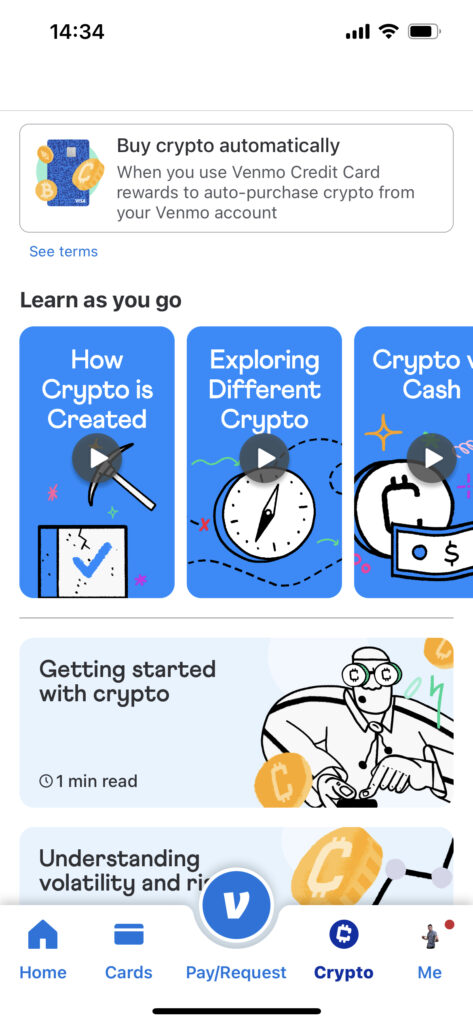
Or how Stripe runs a conference every year.
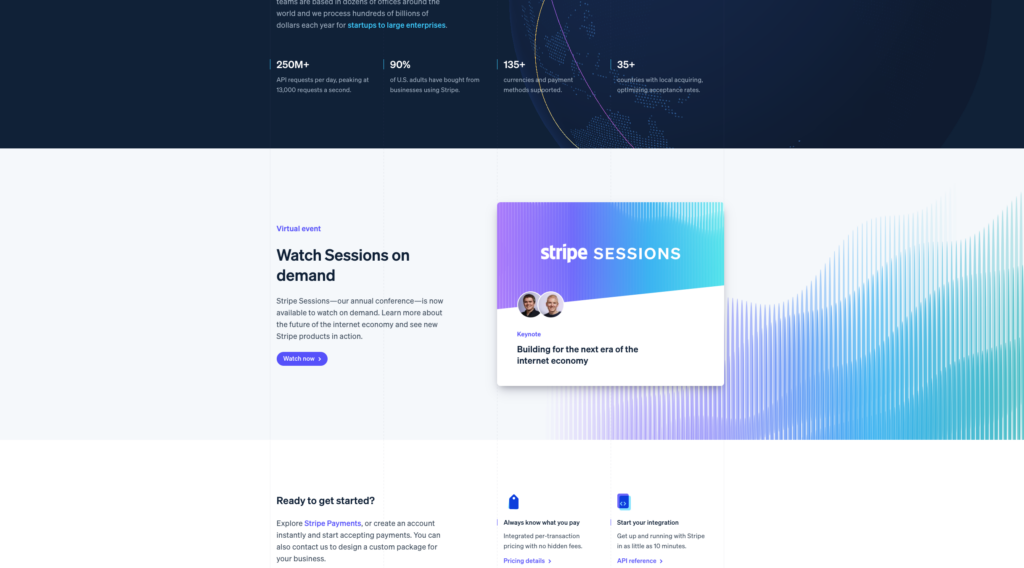
All of these examples are showing Fintech companies building trust by educating leads, which helps grow their user base and overall revenue.
Content marketing isn’t easy. It should be considered a long game when formulating Fintech marketing strategies – after all, building trust takes time.
One of the best ways to build trust is through blogging because it not only helps to educate users who are visiting your site, but also for potential leads who are searching for solutions to their problems on Google.
Speaking of which…
#3 – SEO
Out of all forms of digital marketing, SEO hands-down delivers the best ROI. In fact, we’ve been able to help clients achieve up to 75x return on marketing spend in only six months’ time.
This is because of the nature of SEO – it delivers highly qualified organic traffic that comes in on autopilot day after day.
Many Fintech companies are very aware of the benefits of SEO and are investing heavily in it.
One of the best examples is Wise.
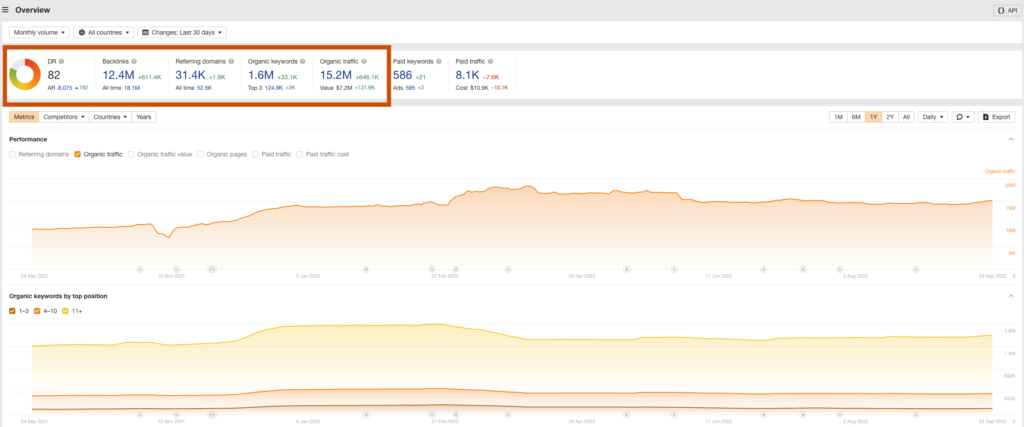
As you can see, Wise has a DR of 82, has generated 12 million backlinks, and gets over 15 million organic visitors per month.
This is obviously a game-changing amount of traffic, but to learn from their SEO strategy, we have to look under the hood to see what sort of content they are investing in, and how it’s translating to website visitors.
If we take a deeper look into their keyword rankings, we can see that most of their traffic comes from branded searches (aka people searching for ‘Wise’ or their original name ‘Transferwise’).
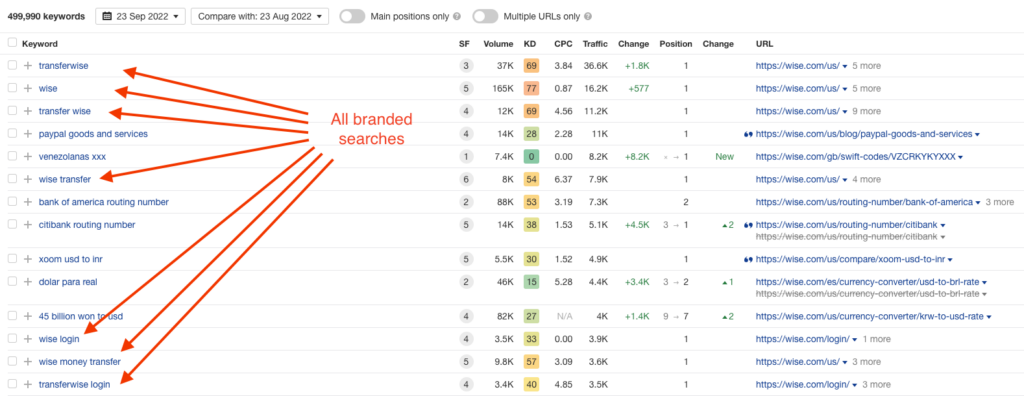
It makes sense – most established brands get traffic from these sorts of keywords, but it’s not evidence of a scaled SEO strategy that is designed to bring in leads.
So instead of looking at their website, let’s look at the traffic going JUST to their US blog (wise.com/us/blog).
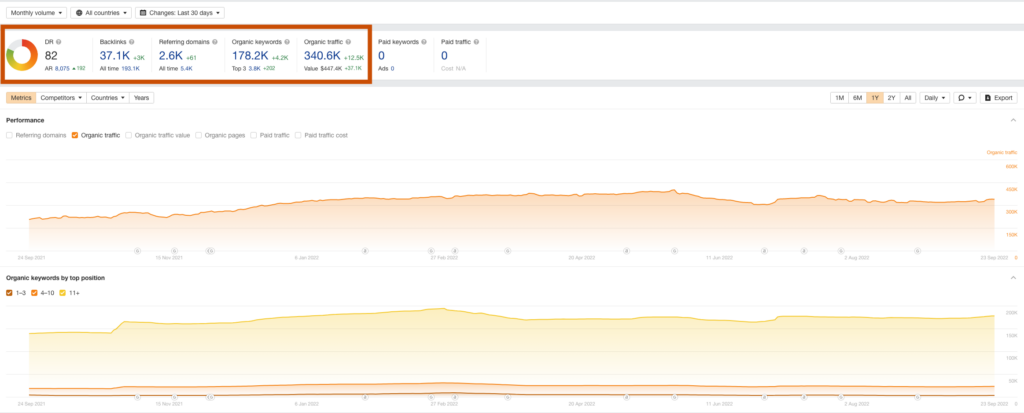
Boom. Their US blog by itself is bringing in over 350,000 visitors every single month.
But what’s even more interesting is the keywords Wise is targeting, and the traffic they are getting from those posts.
They are publishing content about their competitors.
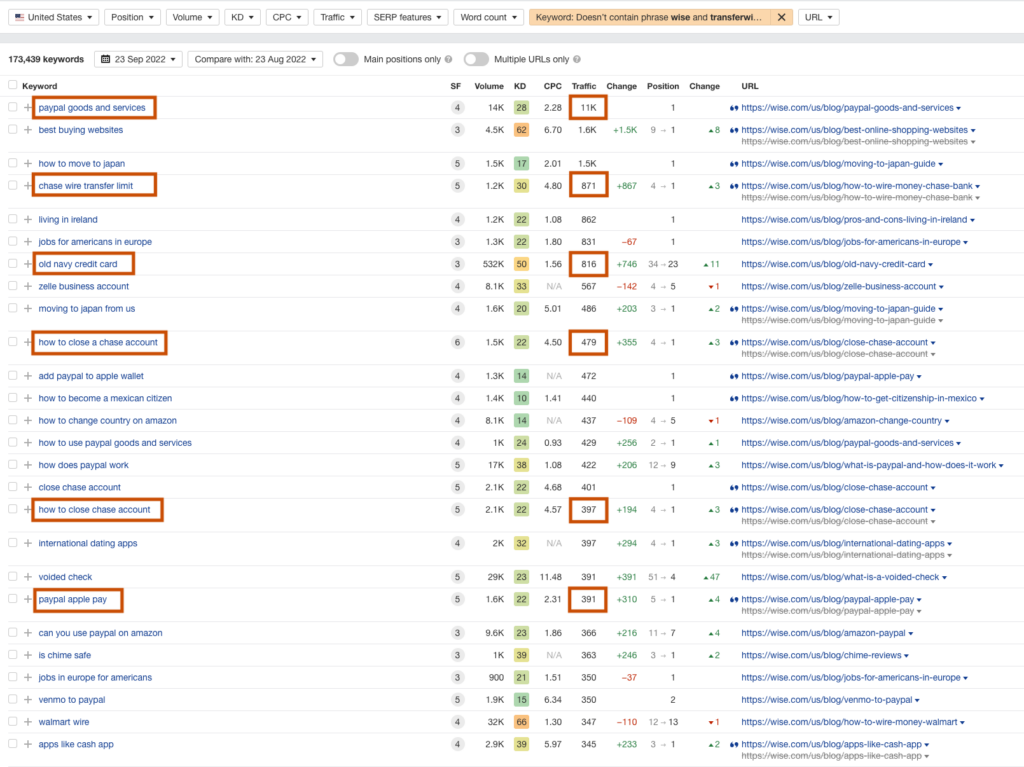
They are publishing content targeting business owners.
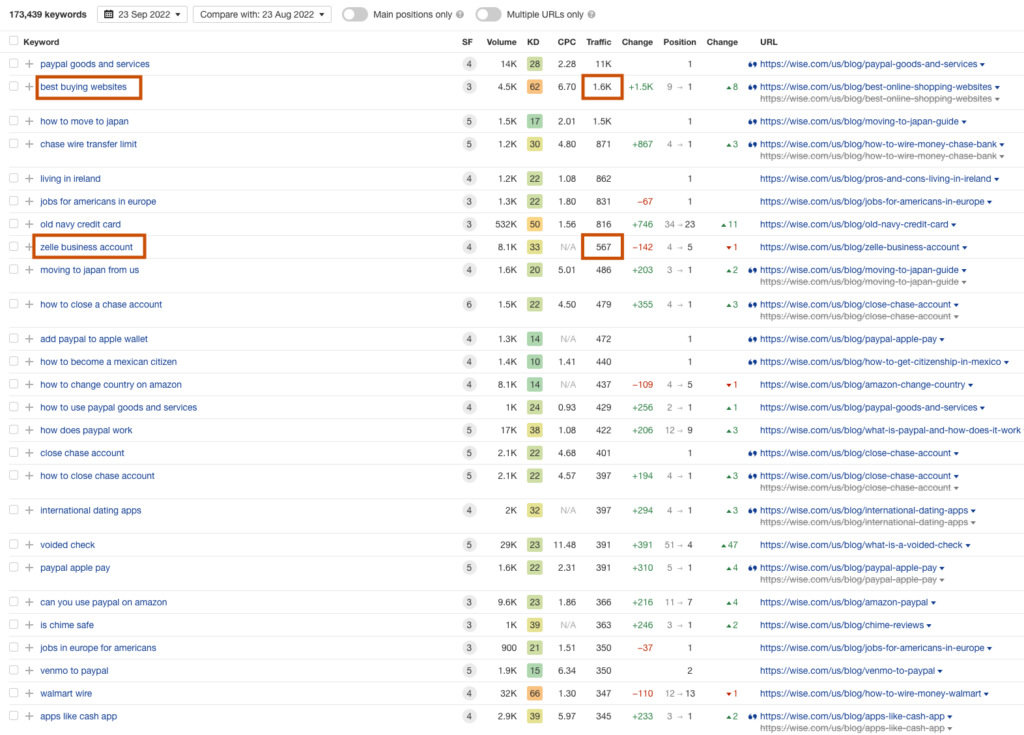
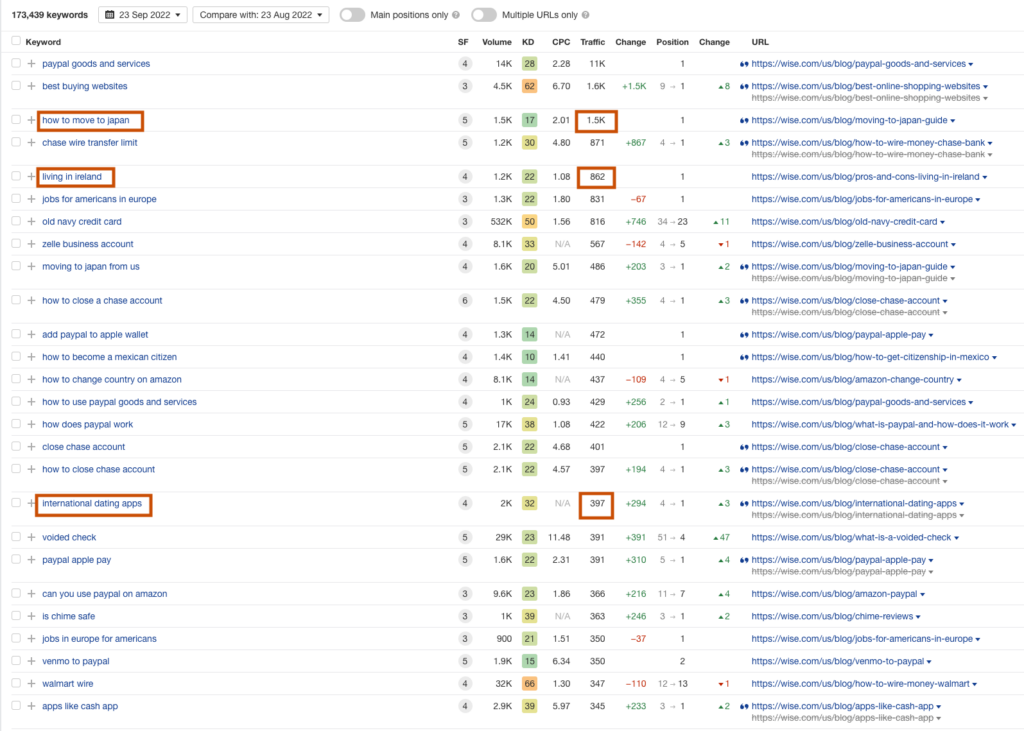
And most interesting of all, Wise is publishing a variety of helpful lifestyle content like ‘How to Move to Japan’ and ‘Best International Dating Apps.’
At first glance, you might be wondering “Why is a Fintech banking app writing about dating apps?”
It is not just about leads!
Well, Wise is clearly not just focused on generating leads – they are also keenly focused on building awareness. By scaling SEO-ed lifestyle content, they are tapping into an entire market of consumers who didn’t even know they existed.
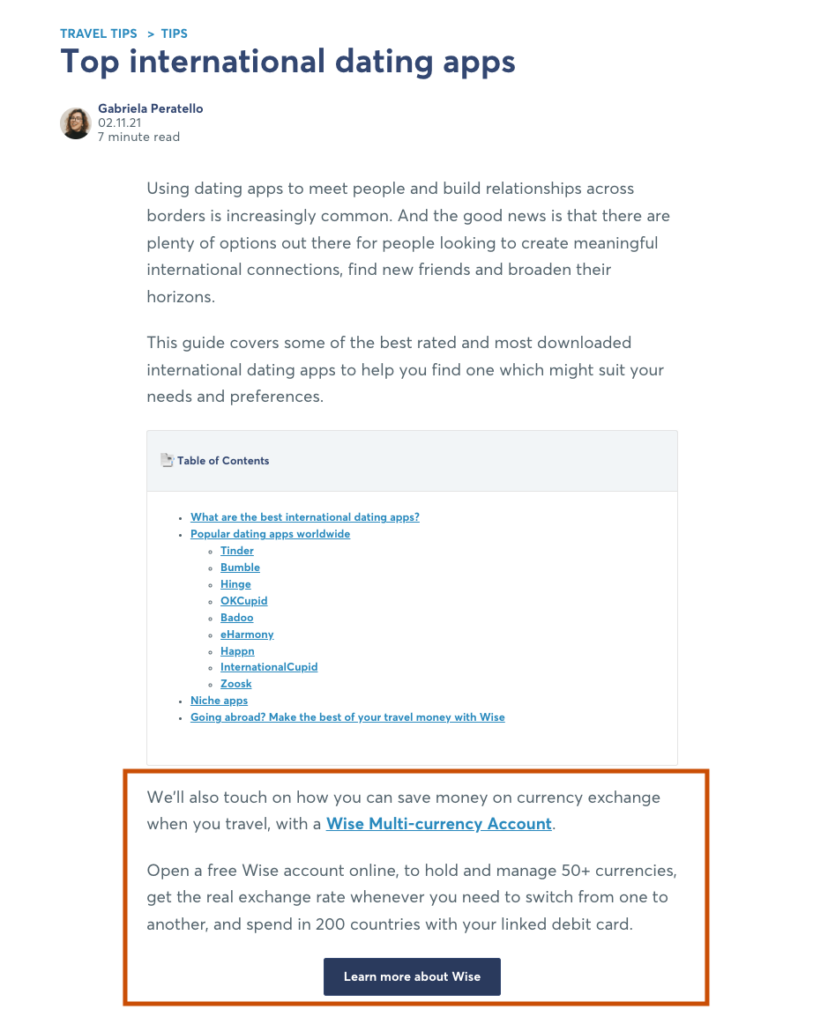
And because of the nature of SEO, these leads are pouring in day after day, therefore growing awareness for the Wise brand, and bringing thousands of people down their funnel on autopilot.
This is undoubtedly one of the biggest reasons why Wise has grown so fast and is currently valued at over 11 billion USD. As Wise shows us, Fintech marketing strategies really need SEO too.
And just as importantly, it’s why every Fintech company needs an SEO marketing strategy.
People also ask
How do you market a Fintech company?
Marketing for Fintech companies follows the same basic principles of any marketing campaign, but extra emphasis is placed on building trust with educational content. The reason for this is that Fintech can still be a newer concept to some people, especially for those who are used to more traditional fintech alternatives.
By creating world-class landing pages, and investing in content marketing and SEO, your Fintech startup can see explosive growth very quickly.
How do you measure the success of a Fintech marketing campaign?
Measuring the success of any marketing campaign can be challenging. You need to know exactly where your traffic is coming from, how your leads are converting, and which avenues to attribute everything to.
By working with a professional agency, you can design a scalable, holistic funnel that builds awareness and grows brand loyalty.
What are the objectives of a Fintech marketing campaign?
Fintech marketing campaigns should be designed to either grow awareness, or generate leads.
Obviously most Fintech companies are looking for leads, but growing awareness is a crucial step in creating more leads, and this can be made exponentially more effective with a well-oiled SEO campaign.
Final thoughts on the best Fintech marketing strategies
The basics of Fintech marketing are simple – educate your users to build trust and authority.
But the way you choose to execute your strategy will determine your overall success. Be invest heavily in SEO and content marketing, and combine those efforts with other marketing tactics such as reputation management and performance media marketing.
If you are looking to explode the growth of your Fintech company, be sure to reach out to a First Page specialist today.
